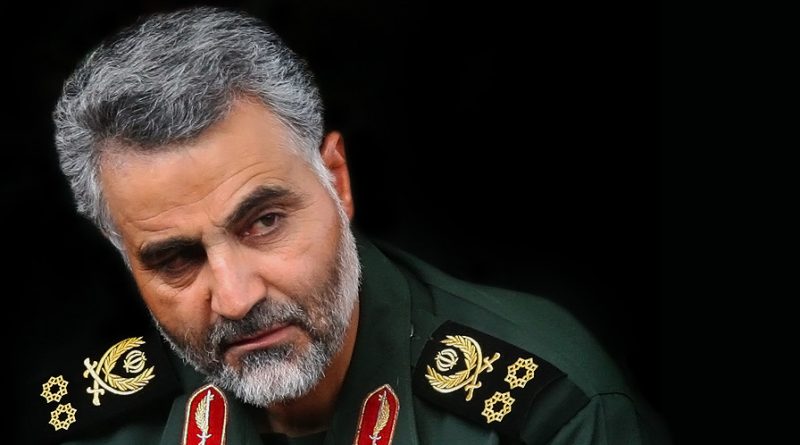Strategy behind the killing
Qassem Soleimani, an Iranian General and commander of the Quds Force of the Iranian Revolutionary Guard Corps which conducts its activities beyond Iran’s borders, was killed a few days ago in a sudden attack by the United States.
This high-ranking Iranian officer made the almost amateurish mistake of allowing the Americans to closely monitor his movements and eliminate him in a relatively simple military operation near the Baghdad airport. The manner in which Soleimani was killed indicates either that Iran did not consider him to be in danger or that the United States would not dare to carry out such an attack.
Perhaps Iranian security strategists had their reasons for such an assessment based on some sort of complicated Middle East logic, which would sound realistic in any other place on Earth just not in the Middle East itself. With the unpredictability of events in the region and decision-making made in the White House, this strategic logic was in fact of little value.
Soleimani had in recent years become a symbol of the Iranian revolution, spreading its influence in Iraq and Syria with success in the fight against Islamic State, all before the eyes of the greatest military power in the world which could evidently do nothing to stop him.
This was the case until a few days ago and generated a sense of self-confidence which has often led to catastrophe in the Middle East. For example, why did Saddam Hussein, after the end of the war with Iran, occupy Kuwait? What made him believe that he could take such action and remain in power indefinitely? Such a miscalculation could not happen anywhere else but in the Middle East. And despite the fact that these two cases are not related except by the extent of the error involved, one may wonder why the Iranians thought that their military positions in Iraq and Syria would remain untouched after the elimination of the direct threat from Islamic State and its leader Abubakar Al-Baghdadi.
Iran has found itself in a very difficult situation with United States economic sanctions imposed against it having brought the oil production to a minimum, thereby contributing to the impoverishment of its population and widespread discontent. Why did the Iranians think that they could use external actions to secure internal stability and mobilize the masses in support of the country’s leadership through, as they did during the war with Iraq? And now, we may wonder what Iran’s response to the killing of Soleimani will be with its position even worse than before because any escalation of the conflict with the United States could create additional pressure on its population and further internal divisions.
On the other hand, we may also wonder what is the strategy of the United States after the assassination?
Is the objective of the economic sanctions, which have severely impacted Iran’s economy and which were introduced to convince it to enter into a renegotiation of the nuclear deal, still a possibility? Who in Tehran could even think about negotiations at this point?
It is clear therefore that these events have altered the situation in the Middle East plunged it into further uncertainty with unknown consequences, not only for the direct actors in this drama, Iran and the United States, but for all countries in the region, as well as possibly affecting the energy sector and international peace and security.
We can conclude that there is an absence of strategy on both sides, making the world less secure, and when conflict spreads in the Middle East, nobody is fully safe.
The opinions expressed in this text are solely the author’s point of view and do not bind the Center for International Studies, its Director or any other researcher. Qasem Soleimani / foto by sayyed shahab-o- din vajedi / CC BY 4.0
![]() This work is licensed under a Creative Commons Attribution-NonCommercial-ShareAlike 4.0 International License.
This work is licensed under a Creative Commons Attribution-NonCommercial-ShareAlike 4.0 International License.




